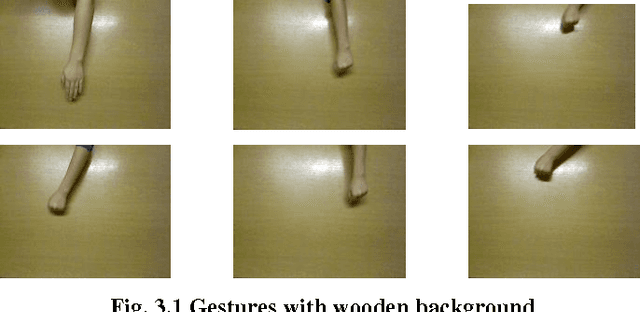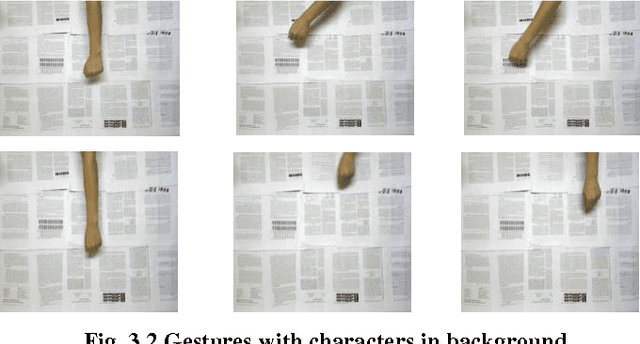Feasibility of Principal Component Analysis in hand gesture recognition system
Paper and Code
Feb 23, 2017



Nowadays actions are increasingly being handled in electronic ways, instead of physical interaction. From earlier times biometrics is used in the authentication of a person. It recognizes a person by using a human trait associated with it like eyes (by calculating the distance between the eyes) and using hand gestures, fingerprint detection, face detection etc. Advantages of using these traits for identification are that they uniquely identify a person and cannot be forgotten or lost. These are unique features of a human being which are being used widely to make the human life simpler. Hand gesture recognition system is a powerful tool that supports efficient interaction between the user and the computer. The main moto of hand gesture recognition research is to create a system which can recognise specific hand gestures and use them to convey useful information for device control. This paper presents an experimental study over the feasibility of principal component analysis in hand gesture recognition system. PCA is a powerful tool for analyzing data. The primary goal of PCA is dimensionality reduction. Frames are extracted from the Sheffield KInect Gesture (SKIG) dataset. The implementation is done by creating a training set and then training the recognizer. It uses Eigen space by processing the eigenvalues and eigenvectors of the images in training set. Euclidean distance with the threshold value is used as similarity metric to recognize the gestures. The experimental results show that PCA is feasible to be used for hand gesture recognition system.
 Add to Chrome
Add to Chrome Add to Firefox
Add to Firefox Add to Edge
Add to Edge